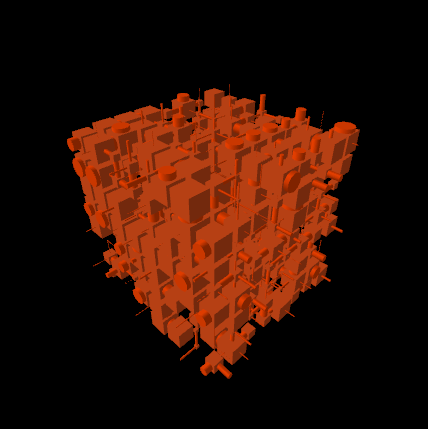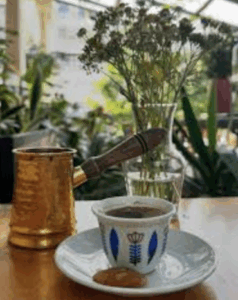Concept – Inspiration
I want to keep my portfolio for this class associated with Dexter series as long as possible because assignments are not very specific and require some kind of inspiration to make. I thought while I’m passionate about this TV show, why not save myself time and just pursue doing this assignment inspired by it. For this assignment I used OOP, classes, and different mouse functions as I mentioned in my previous post. My inspiration were blood stains on white walls. Dexter was a blood spatter analyst, and he had pictures of some in his office. So, by holding left-click and dragging across the screen user would draw thinner blood lines along the cursor, while when pressing the key, user would draw big chunk of blood in form a circle where cursor is located. Also, by scrolling mouseWheel user would be able to clean the wall from blood using pop().

Highlight of the code
function mouseDragged() {
if (mouseButton === LEFT) {
marks.push(new BloodCluster(mouseX, mouseY)); // one cluster per drag
}
}
function keyPressed() {
marks.push(new Tomato(mouseX, mouseY));
}
function mouseWheel() {
if (marks.length > 0) {
marks.pop(); // remove last (cluster or tomato)
}
}
(Do not give too much attention to class called ‘Tomato’ it is just for me to navigate throughout the code better). Apart from that, I think this part of the code the crucial rule. it helps with drawing blood lines and bigger blood drops on the wall and cleaning it using mouseWheel(). Generally, I think also using arrays to store blood stains and then applying .pop() was the part of the code that helped a lot to perform next actions. Of course, in order to understand how those functions work, I looked through p5js reference page for keyPressed() and mouseDragged().
Sketch
Initially, I had some issue with class Tomato drawing oscillating circles as blood marks and troubles with cleaning the wall from blood marks in general when using mouseWheel(). But, after storing marks inside the array, applying .pop(), and some clever code arrangement the issues were solved. To be honest, took a lot of time to figure it out.
Reflection
I’m quite fulfilled by the work I’ve done. It definitely followed my initial vision of how I wanted my final result to look like. I like how neat everything looks in code, the organization is very easy to understand. I learned new functions and wise use of arrays to store blood marks using marks = []. In the future, I want to incorporate more mouse functions in my projects to enhance the interactivity of the project like mouseReleased() would also draw some different kind of blood. Also, I would want to make specific type of blood pattern when pressing the key, so blood marks would be kind of the same – more like in real life.






